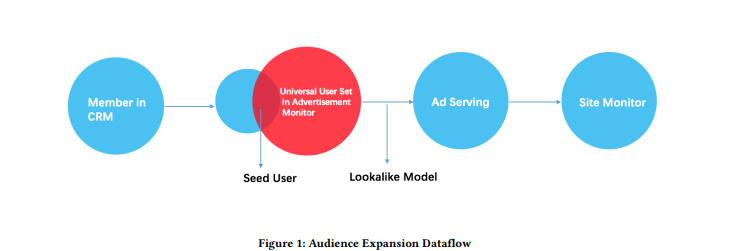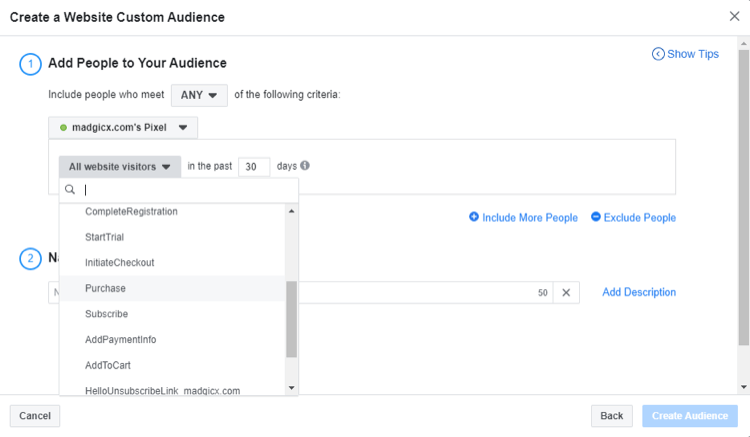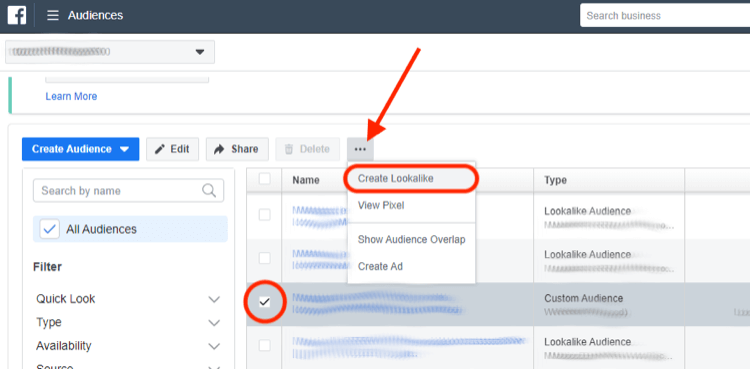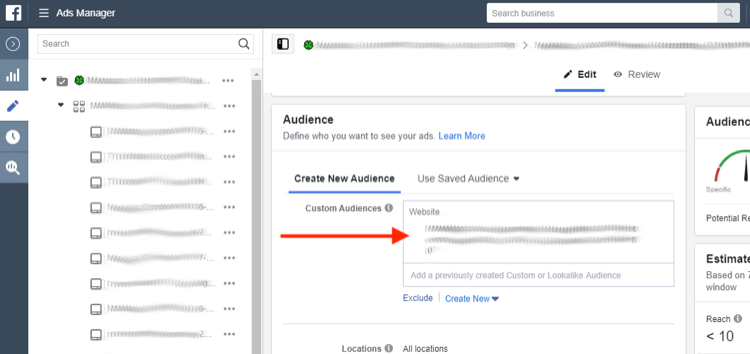Every business needs new customers to achieve success, but how do you identify those target groups of new people. Lookalike modeling is a process that identifies people who are your target audiences. This tool analyzes some key characteristics and finds users similar to your target.
If you’re looking to target people who are more likely to click on your ad, Look-alike modeling uses machine learning to take that action. Your ad campaigns can reach more people with a higher engagement rate.
Definition of LookAlike Segments

The Lookalike model helps you find an audience that looks similar to a known set of users. Creating a Look-alike segment generally involves information in two pieces.
- Seed Segmentation: It help identifies which set of users should be your lookalike audience.
- Segment Size: It tells how large your audience should be compared to your seed set.
For example; an advertiser might use a seed set of 10,000 known people to build an audience of 100,000 look-alike segment size similar to those 10,000 people.
Also Read: What is Audience Segmentation? How Can it Help Publishers?
Why Should Ad Publishers Use Lookalike Modeling?
Lookalike modeling works well for publishers because it provides a new group of potential buyers. As reliable as your seed audience, it will deliver the results you need in the programmatic landscape.
Lookalike modeling also considers the essence of your target audience and finds similar people in the online ecosystem who have similar attributes. Similarly, when you use a seed audience to see other consumers, you will likely get more customers interested in your products or services. In other words, it gives your brand the reliability you need to scale your business.
Similar to the advertising ecosystem, Look-alike modeling also works by relying on data and algorithms. Let’s understand the process better:
Data Collection

Each business should get its first-party data, second-party data, and third-party data from sources, such as CRM systems, web analytics tools, marketing automation platforms, and third-party data providers.
Define The Attributes and Behaviors

The attributes and behaviors of your customers should be well-defined in Look-alike modeling. Not having accuracy in the Look-alike models increases the chance of not finding the right audience. However, marketers could use the attributes and behaviors to focus on reach and awareness instead of higher conversion rates.
Identify Customers’ Similar Characteristics

The next step is analysing data and finding similarities in the overall data of the seed audience. The audiences who share similar characteristics should be identified based on this seed data, which will further be your Lookalike audience.
Publishers can implement these data points into a centralized DMP platform using machine learning algorithms. It helps analyse the seed audience and then finds user profiles that match the seed audience.
Some Benefits of Using Look-alike Models
Lower Acquisition Costs
Look-alike modeling can help find users who Look-alike and are expected to behave like the best customers. It leads to a reduced cost per acquisition.
Efficient Ad Spending
Targeting audiences who share similar traits with the existing customers allows businesses to focus on those most likely to convert.
Better Data Usage
Lookalike modeling allows utilizing all first-party, second-party, and third-party data from your business websites, email campaigns, and digital ads for more accurate targeting.
How Are Publishers Using LookAlike Models?
Look-alike modeling is the best method in the online ecosystem; it is also quickly becoming an indispensable part of your digital marketing strategy. Marketers are making it a part of their business, and here are a few examples of how publishers are using the Lookalike model:
Search Optimization
Lookalike models get high potential prospects and allow publishers to enhance bidding tactics around their Lookalike audiences automatically. It can be done by simply loading their list of seed customers to Google and configuring “Similar Set of Audiences” to enhance reach, search, ads, and much more.
Read More: The Ultimate Guide to Real-time Bidding [Updated]
Direct Prospecting
Social media Lookalike audiences provide the publishers with a custom list of users. It helps identify the most potential contacts to convert and respond to your ad or email campaign. Similarly, several vendors offer Lookalike’s data based on the marketer’s identified customers through direct mail prospecting.
For example, Facebook Lookalike audiences let you reach a large number of audiences who share the same characteristics as your existing customers. But how do you create custom audiences based on your Facebook data?
You can do this by using your Facebook pixel data and targeting people who have completed different events on your website. To create this audience, you can use your list of customers and add an arbitrary number to each customer. Then, you simply upload this list to Facebook and create your custom audience based on it. Make sure that you’ll update this list regularly to keep it relevant for your business.
Bottom Line
Lookalike modeling takes your existing audiences and their behaviors and offers publishers a practical approach to cost-effectively reaching new consumers. It also helps grow the scope and reach of your business.
LookAlike Modeling for Ad Publishers FAQ
Lookalike is an effective tool for audience targeting that takes results to a new level and allows you to reach out to interested users. The main benefits of using Look-Alike modeling for ad publishers include data accuracy that keeps results relevant. Automation manages a large set of rules and finds the right audiences for your ads.
A Lookalike audience can be created using the existing set of custom audiences by leveraging information such as demographics, attributes, interests, and behaviors from your seed audience who share similar qualities.
The Ads based on the Lookalike models are cheaper than ads served to interest-based audiences.
The custom model targets people who have already interacted with your brand. The Lookalike models find audiences similar to your existing users who have similar attributes, interests, and behaviors.

Shubham is a digital marketer with rich experience working in the advertisement technology industry. He has vast experience in the programmatic industry, driving business strategy and scaling functions including but not limited to growth and marketing, Operations, process optimization, and Sales.







